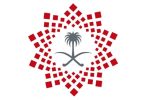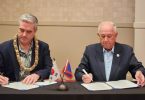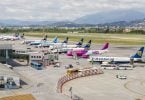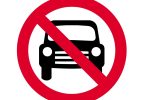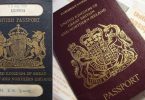Drawing attention to improvements made by the operator, the Transportation Safety Board of Canada (TSB) on Friday, June 20, released its investigation report into the January 2013 collision with terrain of an aircraft operated by Kenn Borek Air Ltd.
On January 23, 2013, the de Havilland DHC-6-300 Twin Otter departed South Pole Station, Antarctica, for a visual flight rules (VFR) repositioning flight to Terra Nova Bay, with a crew of 3 on board. When an anticipated radio position report was missed, the flight was considered to be overdue. Shortly thereafter, an emergency locator transmitter signal was detected and a search and rescue effort was initiated. Extreme weather conditions at the Mount Elizabeth crash site prevented the search and rescue team from accessing the site for 2 days.
Once on site, it was determined that the aircraft had impacted terrain and the crew had not survived. Adverse weather, high altitude and the condition of the aircraft prevented the recovery of the crew and a comprehensive examination of the aircraft. However, the cockpit voice recorder (CVR) and a satellite tracking unit were recovered from the exposed tail section of the aircraft.
The TSB found the CVR to be non-functioning on the day of the accident. Because of this, information important to a complete understanding of the accident was unavailable to investigators. However, based on information gathered, the investigation team was able to conclude that the crew of the aircraft made a turn prior to reaching the open region of the Ross Shelf. The aircraft may have entered an area covered by cloud that ultimately led to the aircraft contacting the rising terrain of Mount Elizabeth.
Following the accident and during the TSB investigation, Kenn Borek Air Ltd. has undertaken a number of initiatives to improve safety. For example, it has:
• amended its GPS standard operating procedures;
• improved the accuracy of aviation navigational charts in the Antarctic and developed company VFR routes for flights exceeding 400 nm; and,
• amended its pre-start checklist to confirm an adequate oxygen supply is onboard the aircraft and functionality of the cockpit voice recorder.
The TSB is an independent agency that investigates marine, pipeline, railway and aviation transportation occurrences. Its sole aim is the advancement of transportation safety. It is not the function of the Board to assign fault or determine civil or criminal liability.
(eTN): Canada “unable to determine” cause of 2013 fatal crash in Antarctic | re-post license | post content




